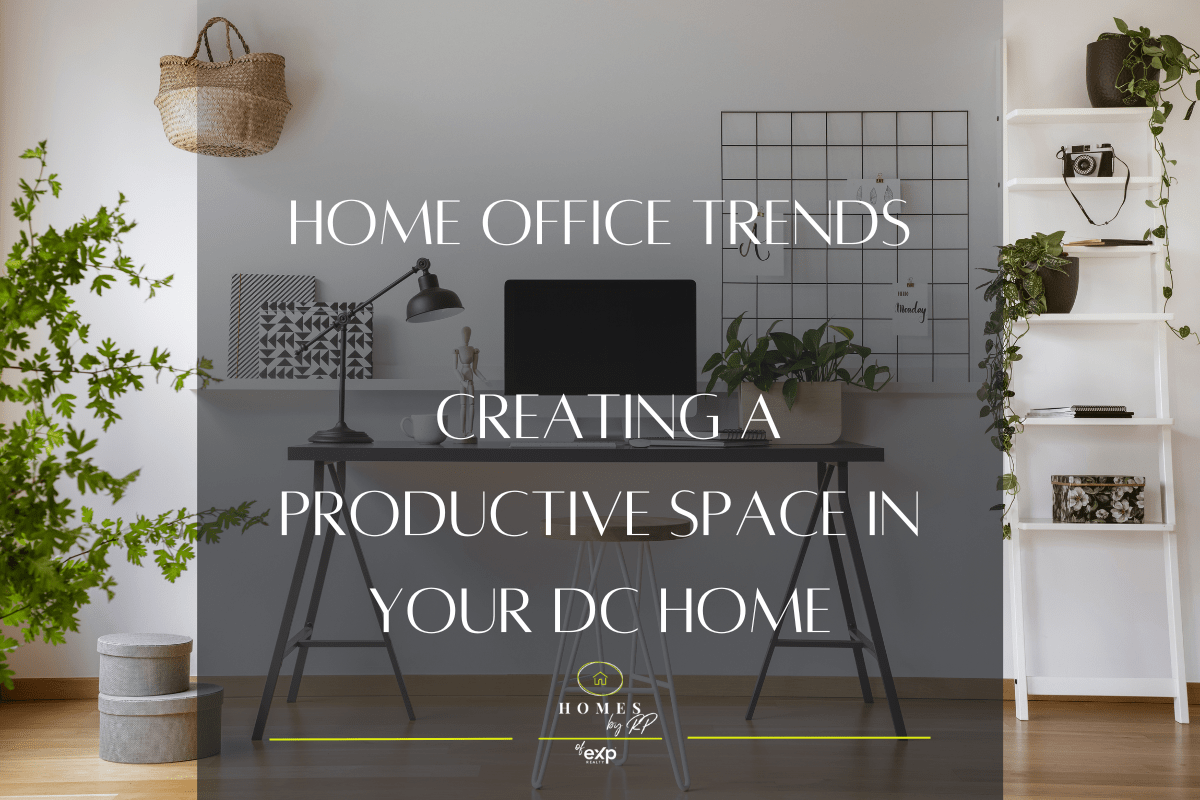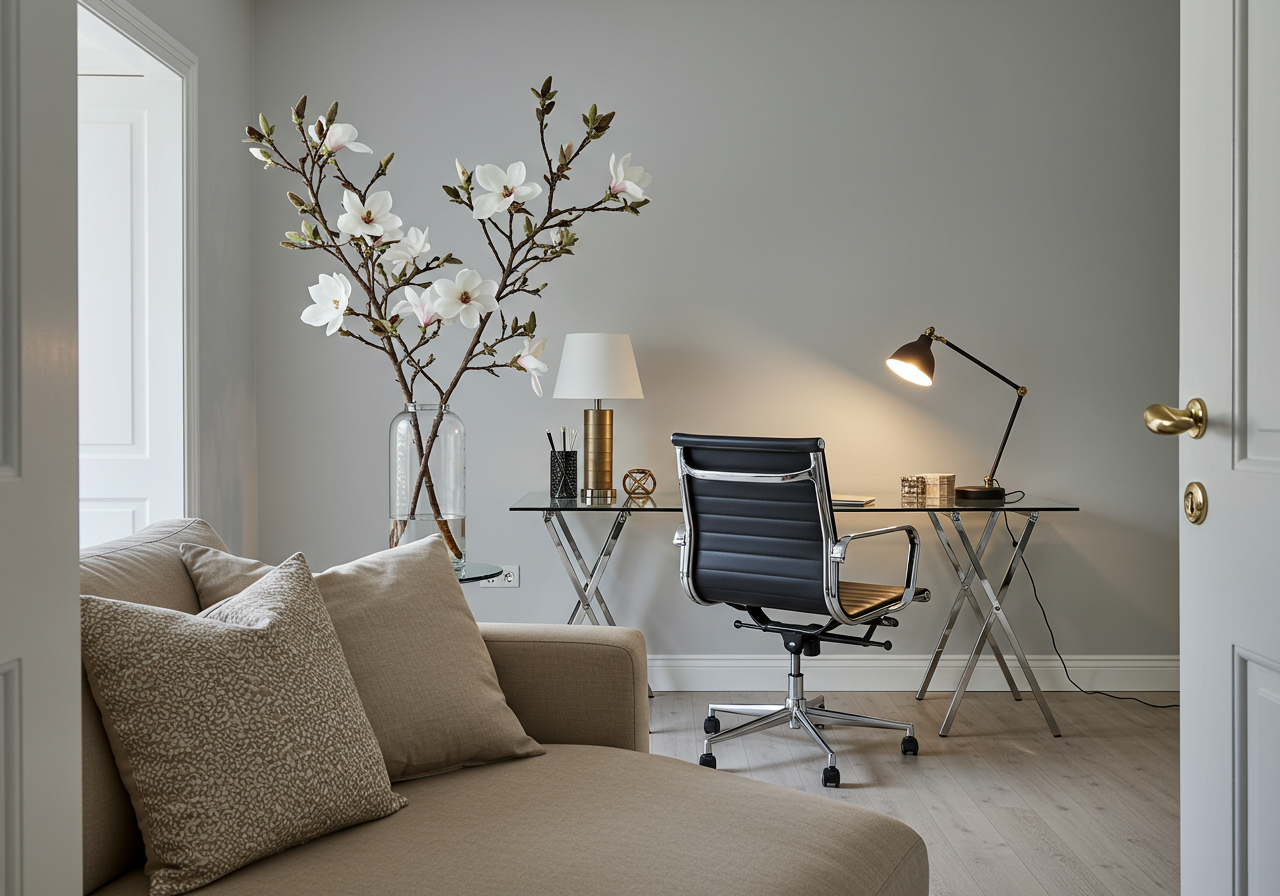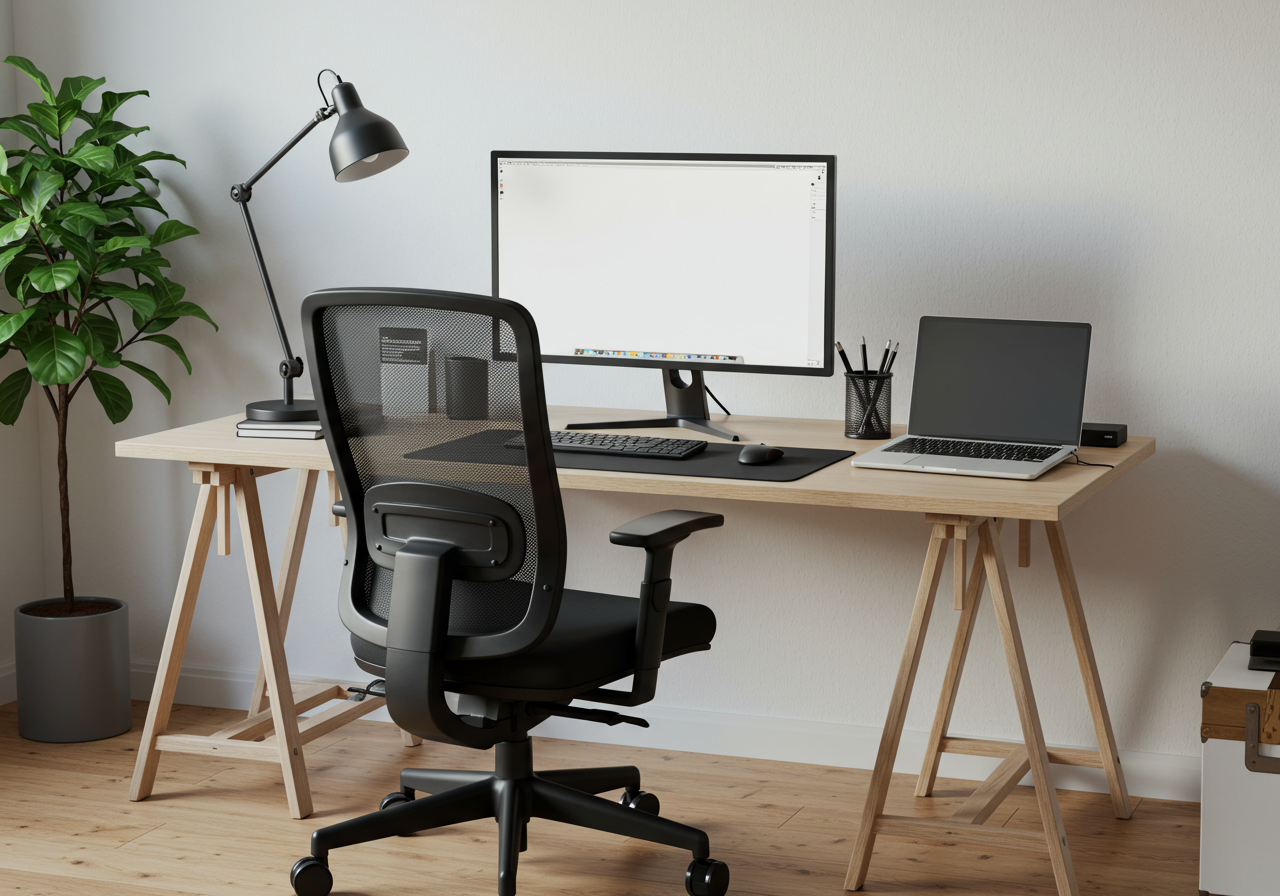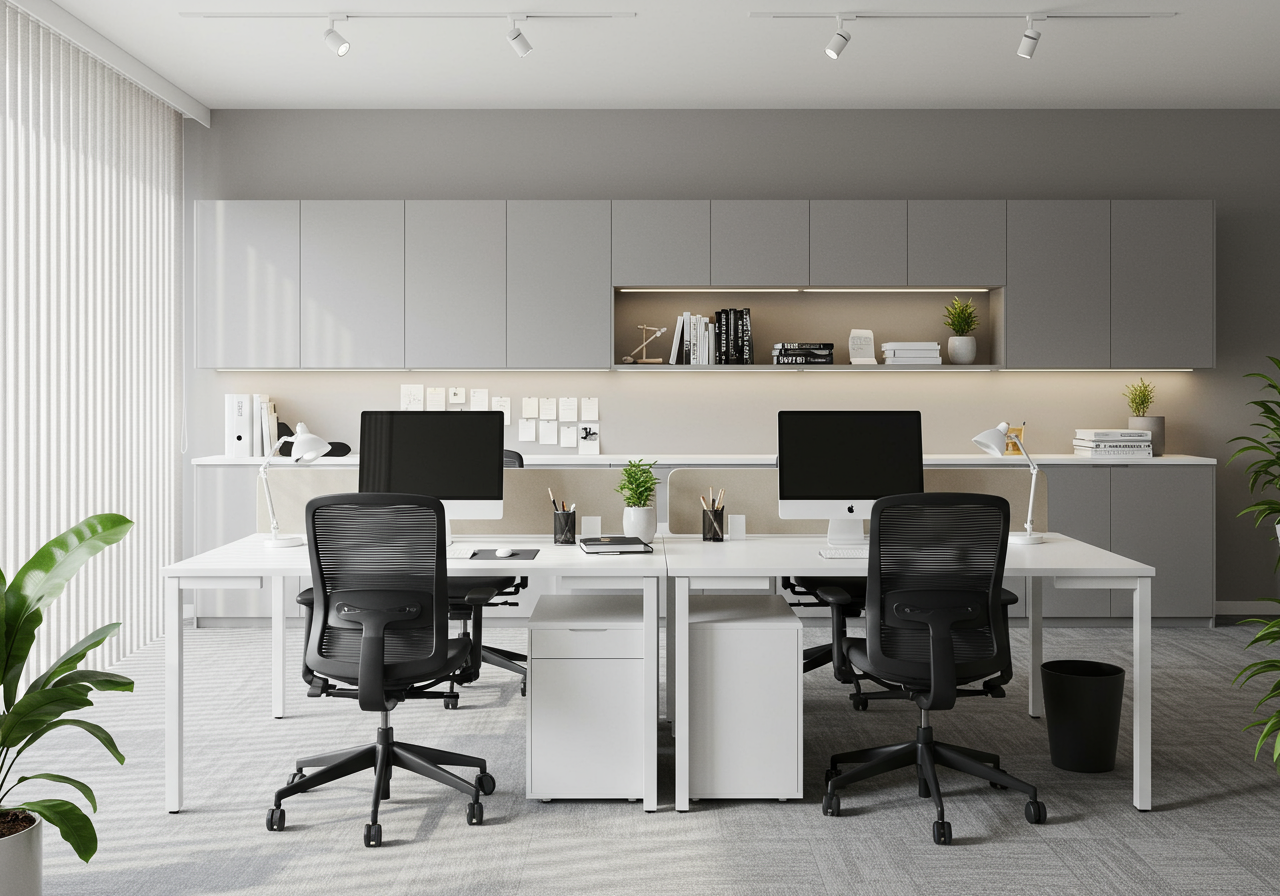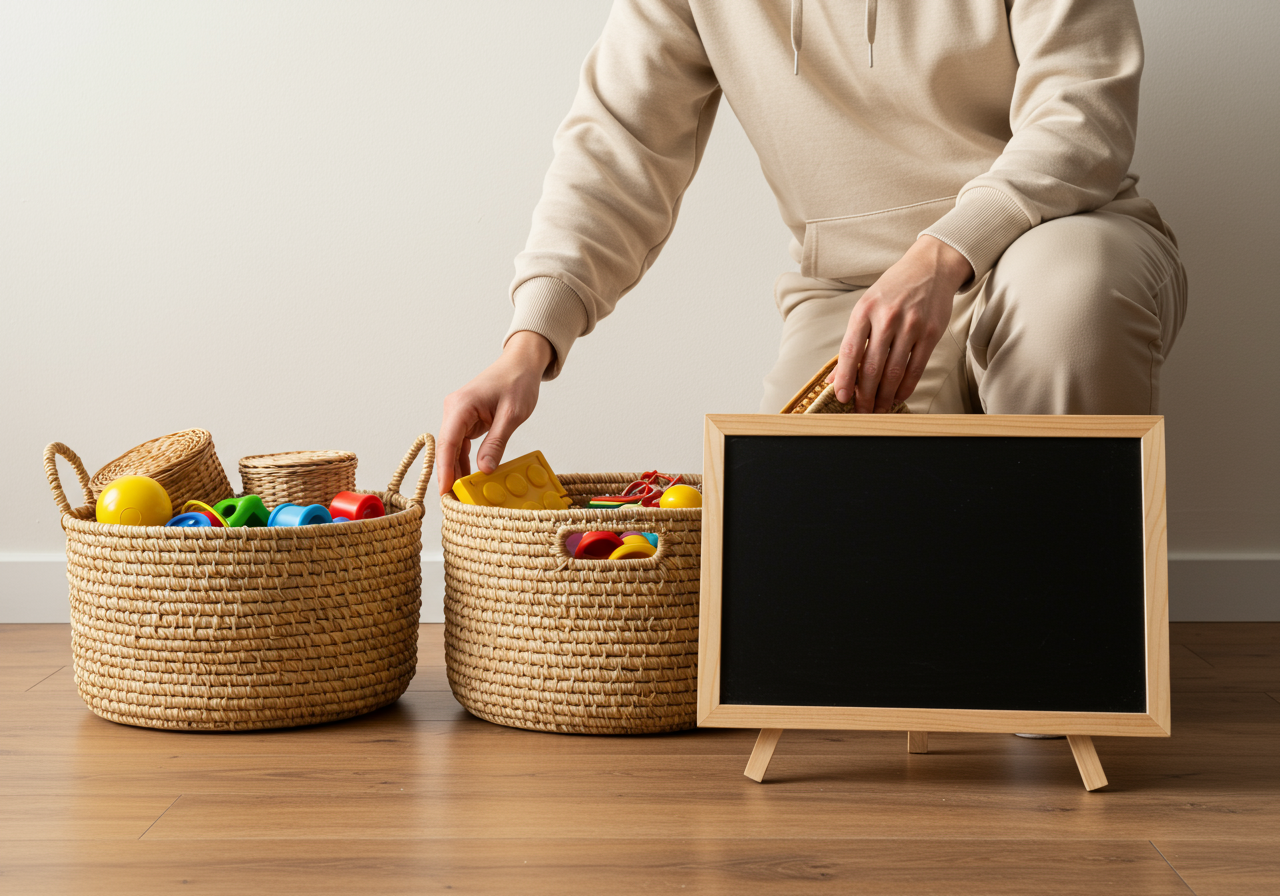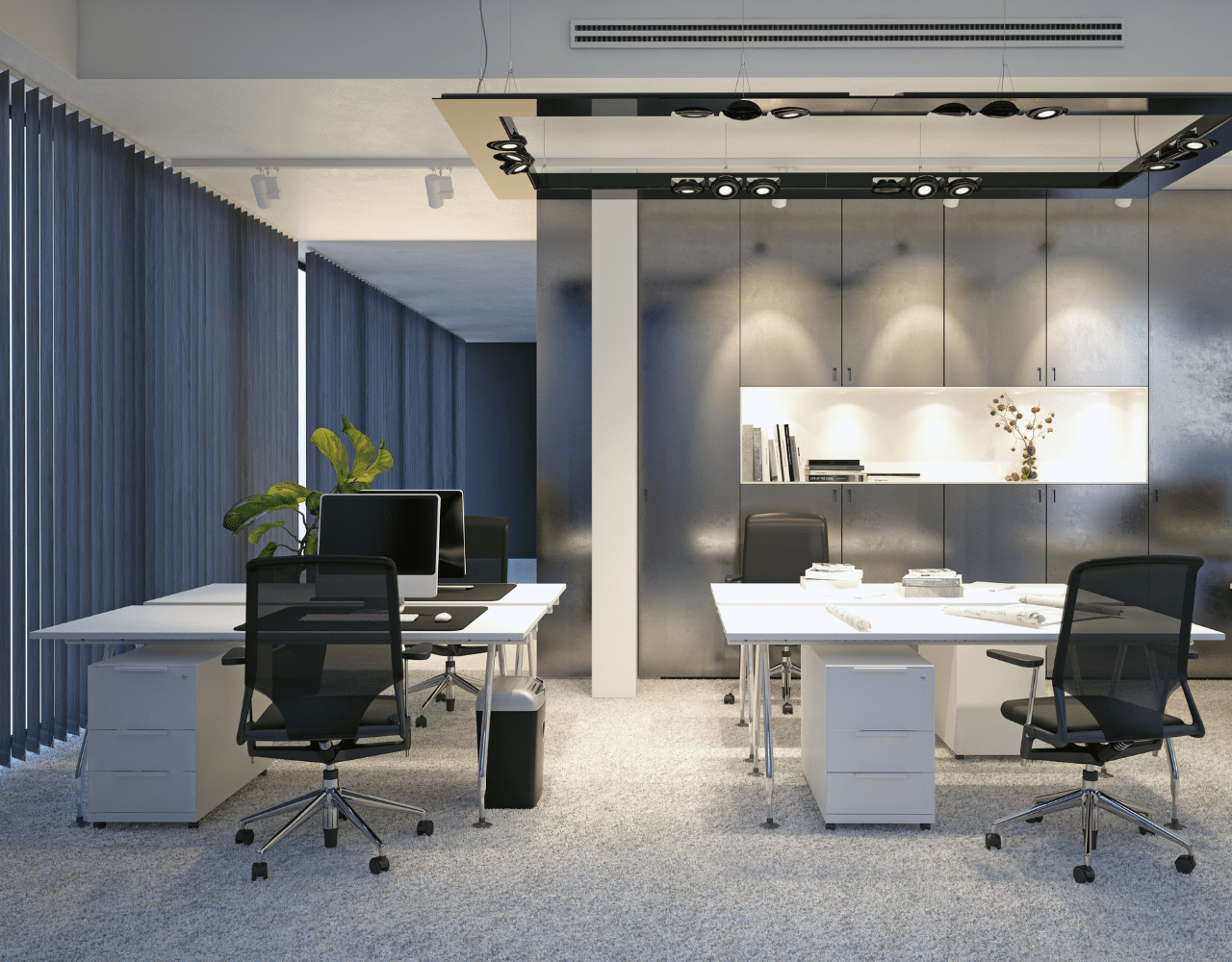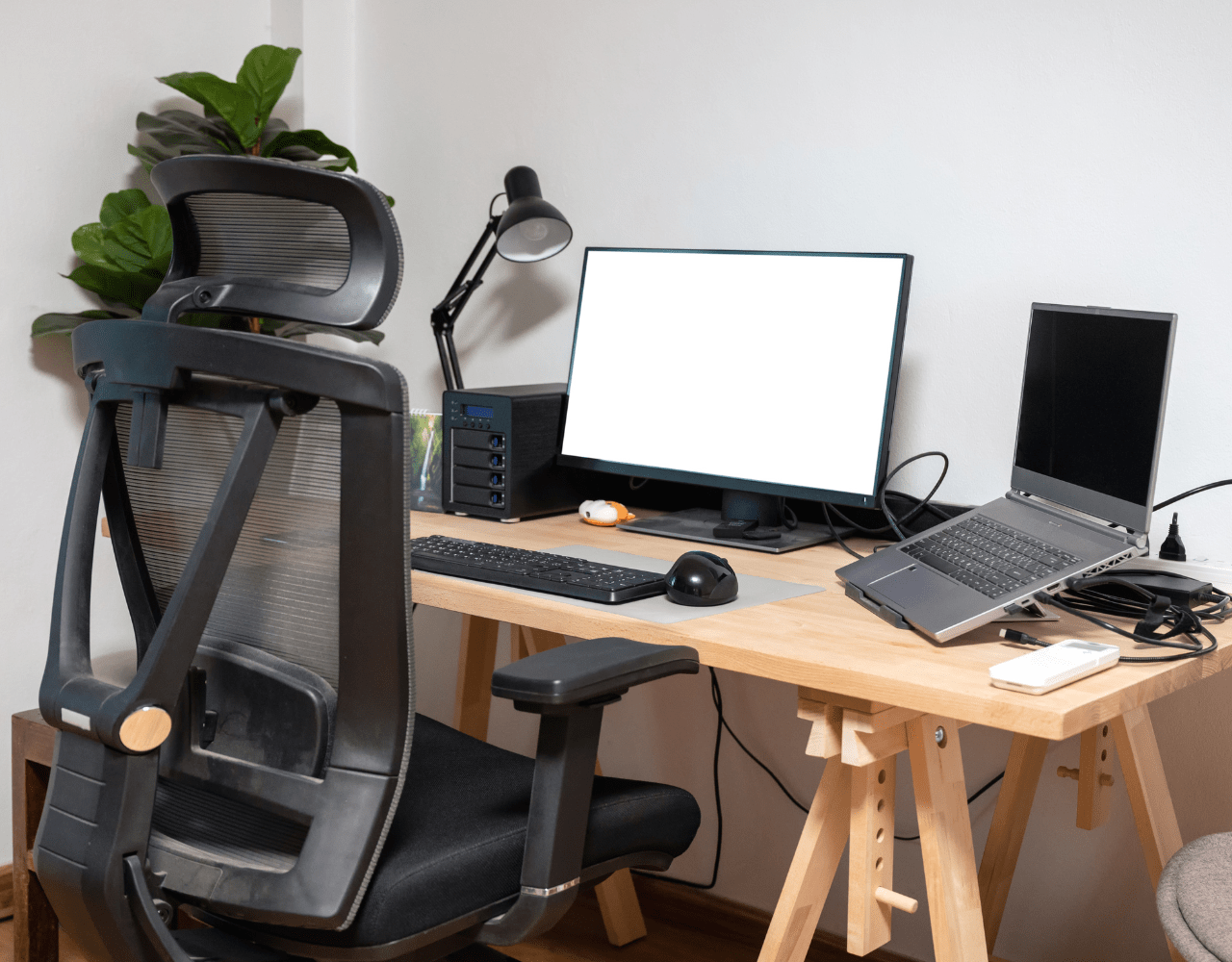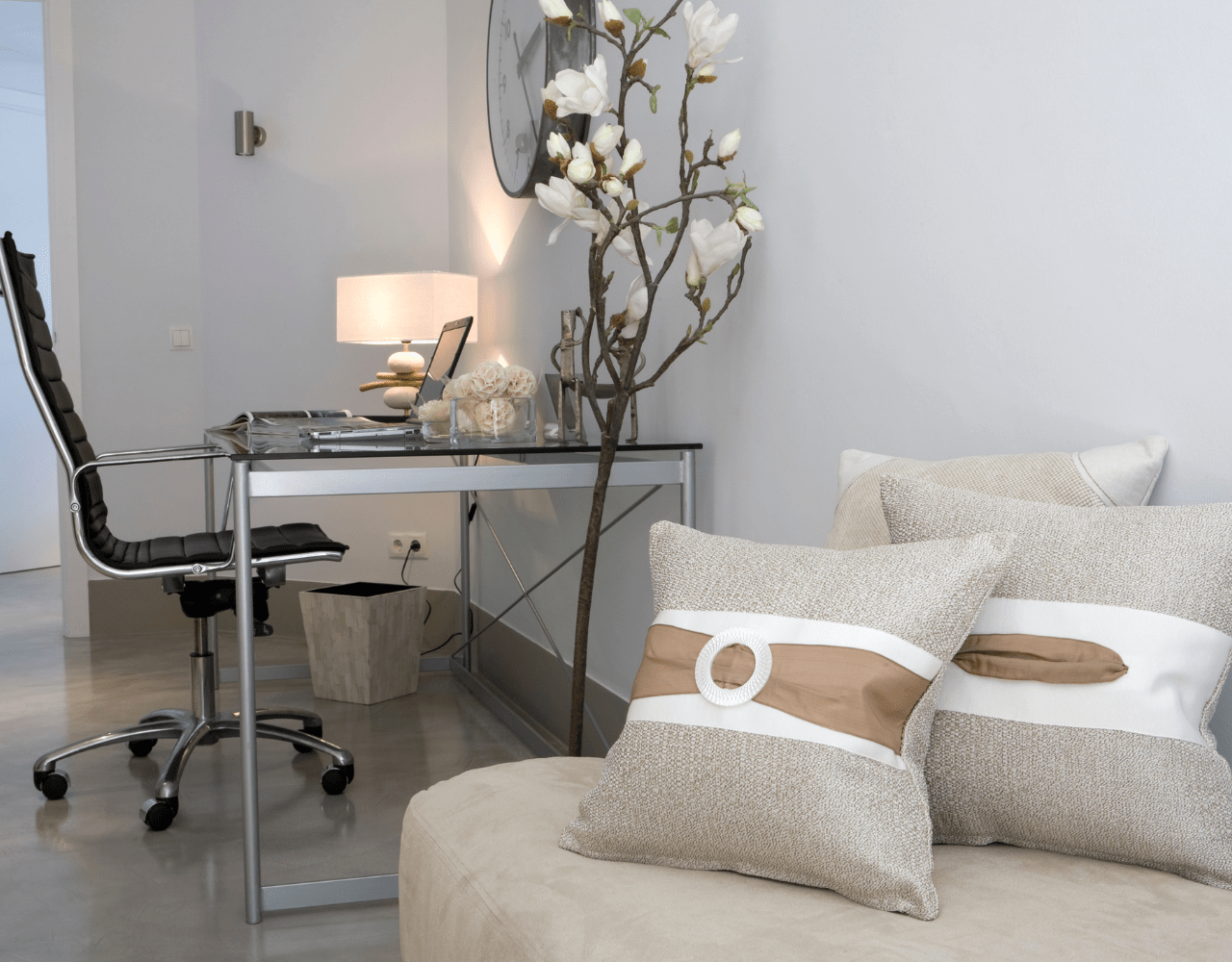Home Office Trends
Creating a Productive Space in Your DC Home
In the heart of Washington, D.C., where the historic charm of the nation’s capital meets modern urban living, more people than ever are embracing remote work. Whether you’re in a classic rowhouse in Georgetown or a sleek condo in Dupont Circle, creating a productive home office is key to maintaining efficiency and balance in your work-from-home lifestyle.
In this article, we’ll explore expert tips and strategies for designing a home office that not only boosts productivity but also seamlessly integrates into your DC home. From ergonomic furniture to effective lighting and tech solutions, let’s dive into how you can create a workspace that works for you.
The Importance of a well-designed Home Office
With remote work becoming the norm, a well-designed home office is no longer a luxury—it’s a necessity. A thoughtfully crafted workspace can enhance productivity, reduce stress, and even increase your home’s value. In thewild environment of D.C., where work-life balance is crucial, having a designated space that promotes focus and creativity is essential.
Remember that a home office should be more than just a place to work; it should inspire creativity and focus. The design of your workspace can significantly impact your performance and overall well-being.
Ergonomic Furniture: The Backbone of Productivity
The foundation of any productive home office starts with ergonomic furniture. Sitting for long hours at a desk that doesn’t support your posture can lead to discomfort and even long-term health issues. That’s why investing in the right furniture is crucial.
- The Perfect Chair: Your chair is the most critical piece of furniture in your home office. Look for a chair that offers adjustable height, lumbar support, and a comfortable seat. Chairs that allow for movement and adjustments can help prevent back pain and keep you comfortable throughout the day.
- Desk Essentials: Your desk should be at a height where your arms can rest comfortably at a 90-degree angle while typing. Consider a sit-stand desk, which allows you to alternate between sitting and standing, promoting better circulation and reducing the strain on your back and legs.
- Keyboard and Mouse Placement: Ensure your keyboard and mouse are positioned so your wrists remain straight and your hands hover just above the keyboard. This setup reduces the risk of repetitive strain injuries, like carpal tunnel syndrome.
By focusing on ergonomics, you’re not only enhancing comfort but also boosting your ability to concentrate, which is essential for productivity.
Lighting: The Key to a Bright and Invigorating Workspace
Lighting plays a pivotal role in creating a workspace that is both functional and inviting. The right lighting can reduce eye strain, improve focus, and even enhance your mood.
- Natural Light: Position your desk near a window to take advantage of natural light. Natural light is not only easier on the eyes but also helps regulate your circadian rhythms, making you more alert during the day. If possible, place your desk perpendicular to the window to avoid glare on your screen.
- Task Lighting: Invest in a good desk lamp that provides focused lighting in your work area. Adjustable lamps with brightness control allow you to customize the light intensity according to your needs. Warm light is generally better for tasks that require focus, as it creates a cozy atmosphere without causing too much glare.
- Ambient Lighting: Don’t overlook ambient lighting, which sets the overall tone of the room. Soft, indirect lighting can create a warm and comfortable environment, making your office feel less like a workspace and more like a part of your home.
It is always important to layer different types of lighting—ambient, task, and accent—to create a balanced and visually appealing space that enhances both functionality and aesthetics.
Organization: Decluttering for a Clear Mind
A cluttered space often leads to a cluttered mind. In a city like Washington, D.C., where space can be limited, keeping your home office organized is crucial to maintaining a productive workflow.
- Storage Solutions: Invest in stylish and functional storage options, such as shelves, cabinets, and desk organizers. Vertical storage or floating shelves, is particularly useful in smaller spaces, allowing you to maximize your storage without taking up floor space.
- Cable Management: With the number of devices that come with remote work, managing cables can be a challenge. Use cable organizers or clips to keep cords neat and out of sight. This not only reduces visual clutter but also prevents accidents and makes your workspace safer.
Bear in mind that a well-organized space not only improves efficiency but also enhances your overall work experience, making it easier to transition between work and personal life.
Integrating Technology
Technology is the structural point of any modern home office. With the right tools and gadgets, you can streamline your workflow and stay connected, even when working remotely.
- High-Speed Internet: A reliable and fast internet connection is non-negotiable for remote work. Whether you’re attending virtual meetings or uploading large files, ensuring that your internet can handle your workload is crucial.
- Monitors and Accessories: Dual monitors can significantly enhance productivity by allowing you to multitask more effectively. Pair this with an ergonomic monitor stand to ensure your screen is at eye level, reducing neck strain. Additionally, consider accessories like a wireless keyboard and mouse to your desk and improve comfort.
- Productivity Apps: Incorporate productivity tools and apps into your daily routine. Project management software, time-tracking apps, and digital note-taking tools can help you stay organized and on top of your tasks.
- Noise-Canceling Headphones: In a bustling city like Washington, D.C., noise can be a significant distraction. Noise-cancelling headphones can help create a quiet work environment, allowing you to focus better and tune out any background noise.
Integrating the right technology into your home office can make a significant difference in your overall productivity and work experience.
Designing a Workspace that Reflects Your Style
While functionality is crucial, your home office should also reflect your personal style. Creating a space that you enjoy spending time in can boost your mood and make work feel less like a chore.
- Color Scheme: Choose a color palette that inspires and energizes you. While neutral tones like white, gray, and beige are popular for creating a calm and focused environment, don’t be afraid to incorporate pops of color through accessories or an accent wall.
- Personal Touches: Incorporate elements that make your space uniquely yours. Whether it’s artwork, family photos, or a collection of your favorite books, these personal touches can make your workspace more inviting and enjoyable.
- Plants: Adding plants to your home office can improve air quality and bring a touch of nature indoors. Plants like succulents, snake plants, and peace lilies are low-maintenance options that thrive in indoor environments. The presence of plants can also reduce stress and increase your sense of well-being.
A workspace that reflects your personality and preferences can have a significant impact on your motivation and productivity, turning your home office into a place where you genuinely enjoy working.
Conclusion
As remote work continues to shape our daily lives, creating a productive and inspiring home office in your Washington, D.C., home is more important than ever. Whether you’re working in a dedicated room or a cozy corner, the right combination of ergonomic furniture, effective lighting, and thoughtful design can transform your workspace into a place where you thrive.
By incorporating elements that reflect your personal style and making strategic use of technology, you can build a home office that not only enhances your productivity but also integrates seamlessly into your living space.
Remember, your home office should be a space that motivates you, keeps you comfortable, and allows you to do your best work every day. By following the tips and strategies outlined in this article, you’ll be well on your way to creating a workspace that supports your success—whether you’re attending virtual meetings, tackling projects, or simply enjoying the flexibility of working from home.
